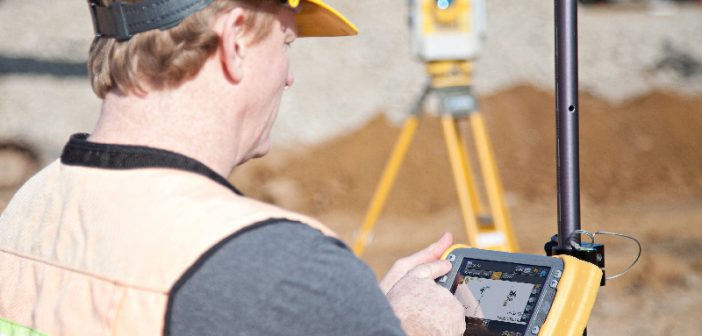According to a recent report from the Housing Agency for Ireland, we need to build a minimum of 81,118 new homes in the next three years to meet current demand¹.
While the statistics in the report are positive in many ways, indicating that there is sufficient land for development, a growth in construction activity and further progress in the completion of unfinished estates, it’s clear that housing supply and demand is becoming a real concern.
Housing completions in general are continuing to rise, however experts have recently questioned the accuracy of how this is measured. Some even claim that completions could be exaggerated by up to 50 per cent2 casting doubt on whether the true number of houses needed could be even higher than that outlined by the Housing Agency’s report. Put simply, completions are not happening quickly enough to keep up with Ireland’s growing population – particularly in urban areas where the popularity of city living and lack of affordable homes is a particular issue.
Ireland’s construction industry needs new, faster and more cost effective ways to build homes. Understandably, however, there’s always been a reluctance to move away from the tried and tested traditional methods of building to embrace new approaches to construction.
Over recent years we have seen a number of governments across Europe pushing initiatives to encourage this transition from old to new construction methods, for example with the introduction of building information modelling (BIM) mandates. The idea being that these new technologies can help create a more holistic approach to the construction process.
Yet much of the conversation has centred around the benefits for the main contractor or the stakeholders. What’s not always apparent is how new approaches like BIM can benefit every stage of construction and everyone involved in the process from designers and architects, to engineers and machine operators.
Cloud-based software for example, ensures everyone is accessing the same up-to-date information no matter what location they’re based in. Without this remote connection between field and office, the smallest changes to a design can cause issues for everyone involved, potentially leading to material waste, time delays and additional cost for both main and sub-contractors. Using integrated hardware and software to connect the field to the office means that everyone receives real-time and ‘as-built’ updates which, ultimately, helps lead to better communication, a reduction in mistakes and an increased speed of delivery.
We’re working with a number of housebuilders to integrate new technology into their workflows and help streamline their construction processes. ECL Civil Engineering, a premier groundworks company, is using Topcon’s web-based communications systems – Sitelink3D – to this effect. The system allows designers to alert ECL’s machine operatives to any issues with earthworks levels or any alterations in the layout of the work. This means any problems can be resolved quickly and efficiently, without impacting on the timely delivery of the project. It also provides ECL’s site managers with remote views on all their project crews, their exact positions, activities and files in use. Employees managing multiple housing sites can use the software programme to remotely track the progress of construction at every location and give support to drivers even if they’re not on site.
If Ireland is to meet the ambitious housing targets set out in the Housing Agency’s report, finding new and quicker ways to build must be a priority. Cutting-edge technology can play a key part in this, helping to close the gap between site and office activity and make housebuilding more efficient for everyone in the supply chain.
1 https://www.housingagency.ie/News/Current-News/The-National-Statement-of-Housing-Supply-Demand-an.aspx
2 http://www.irishtimes.com/business/construction/department-denies-housing-statistics-unreliable-1.2974208
Declan Byrne, sales and support at Topcon discussed how technology can help alleviate the housing crisis.
The contents of this site are subject to copyright laws and may not be reproduced in any form without the prior consent of the publishers. The views expressed in articles do not necessarily represent those of the publishers.




